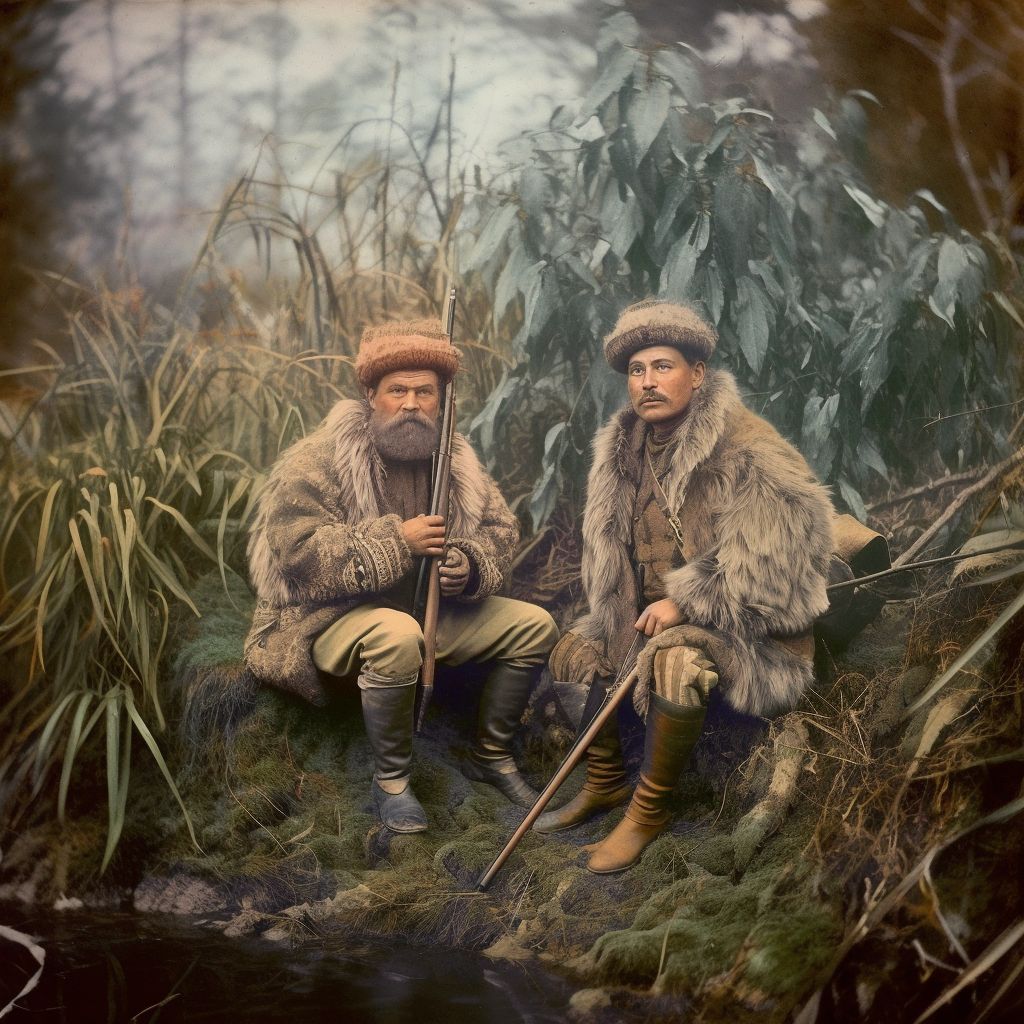Hide Hunter
The hide hunter profession emerged in the United States during the 19th century and quickly became an essential contributor to the burgeoning leather industry. As pioneers moved westward and demand for hides increased, hide hunters found themselves in high demand. This article will explore the role of hide hunters in the American West, the challenges they faced, and the impact of their work on the environment and native wildlife populations.
The Hide Hunter's Role in Society
Hide hunters were responsible for hunting and trapping animals, primarily bison, deer, and Elk, in order to harvest their hides. The hides were then sold to tanneries and other industries to be processed into leather goods, such as belts, shoes, and saddles. Hide hunters were skilled in tracking, hunting, and preserving hides, ensuring they maintained their value upon reaching the market.
Challenges Faced by Hide Hunters
The life of a hide hunter was not an easy one, as they faced numerous challenges in their pursuit of valuable hides. Long periods of travel in harsh and remote environments, the constant threat of attack from hostile native tribes or wild animals, and the physical demands of the profession made it a dangerous and difficult occupation.
The Impact of Hide Hunting on Wildlife Populations
The high demand for hides led to the overhunting of many animal species, most notably the American bison. Once numbering in the millions, bison populations were decimated by hide hunters seeking to cash in on the lucrative market for their hides. The rapid decline in bison numbers had a devastating impact on the native tribes who relied on the animals for food, shelter, and clothing, as well as on the ecosystem in which they played a critical role.
Efforts to Regulate the Hide Hunting Industry
As awareness of the environmental consequences of hide hunting grew, efforts were made to regulate the industry and protect wildlife populations from further decline. Laws were passed restricting the number of hides that could be harvested each year, and conservation initiatives were put in place to protect vulnerable species and their habitats.
The Legacy of the Hide Hunter Profession
Despite the challenges and the ecological impact of their work, hide hunters played an essential role in the development of the American West and the growth of the leather industry. Their efforts to meet the demands of a growing nation contributed to the expansion of the frontier and the establishment of new settlements and industries. As we look back on the legacy of hide hunters, it is important to acknowledge both their contributions and the lessons learned from their actions, as we strive to balance the needs of society with the protection of our natural resources.

